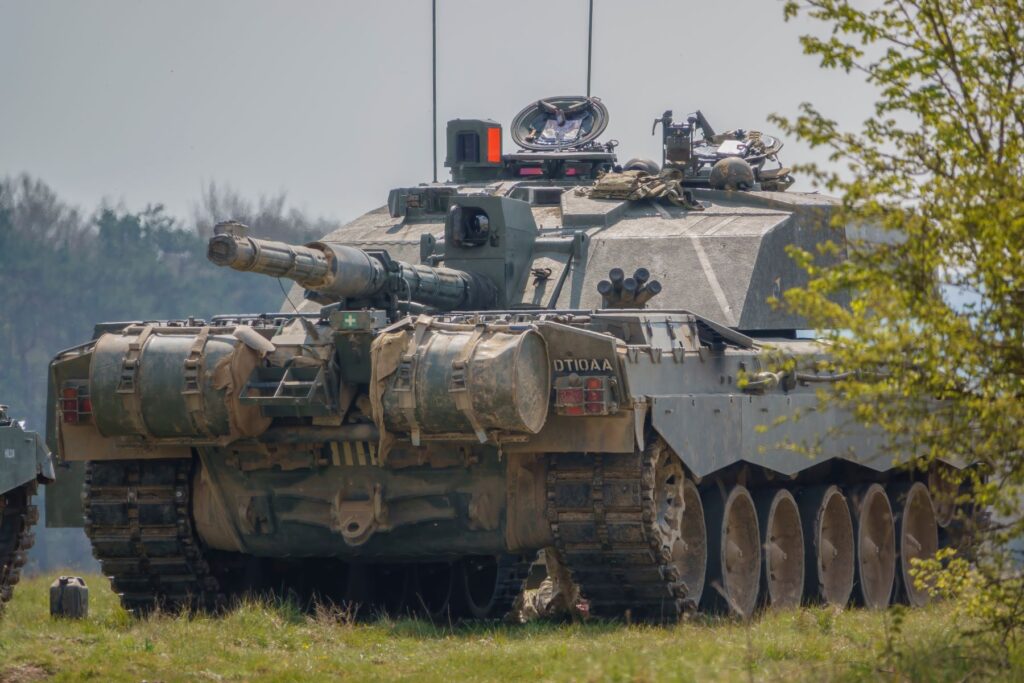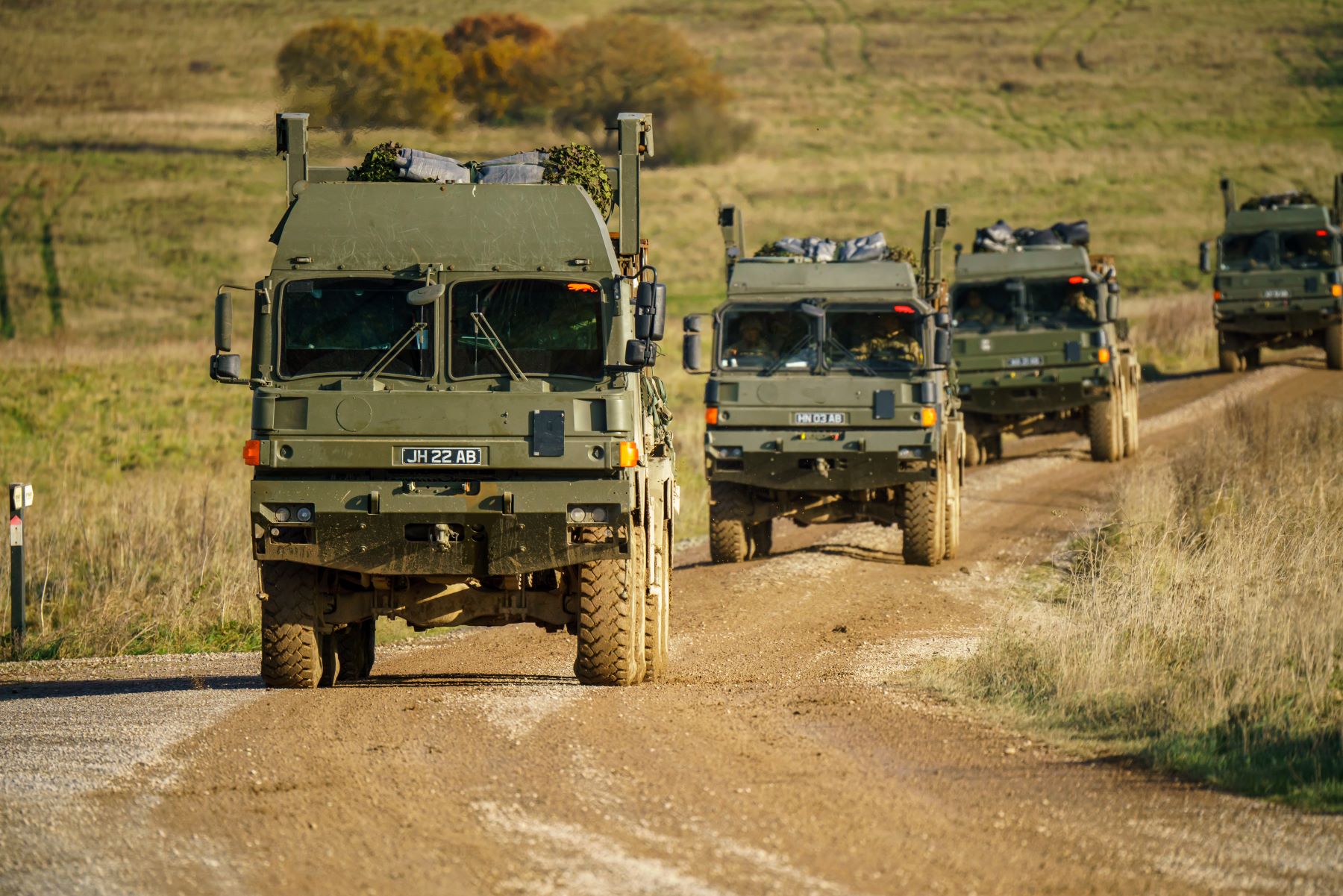Summary
The Defence Fuels Enterprise (DFE) is responsible for managing fuel logistics for the UK’s Ministry of Defence (MoD). They ensure the efficient supply and distribution of fuel to various military operations and facilities. DFE’s operations include overseeing fuel movements, stock holdings and ensuring timely delivery to support military activities. DFE sought to enhance their operations by understanding past fuel movements and predicting future events at air stations. To minimise adoption risks, they sought a digital twin concept — a real-time digital counterpart of any system that provides a virtual representation of simulated situations, allowing potential operational changes to be modelled before implementation.
Industry
Defence, National Security
Products used
Challenge
The Defence Fuels Enterprise (DFE) needed to understand the past and predict near and distant future events regarding fuel movements within an air station. Therefore, CACI developed a proof of concept (PoC) to test out the application of a digital twin design in collaboration with the MoD’s Defence Fuels Transformation. This PoC identified three use cases of increasing sophistication that would broadly cover the digital twin concept and help the DFE overcome their visibility challenges, including:
Understanding what has been happening:
Showing fuel efficiency, holdings and asset utilisation issues.
Predicting the near future:
Supplying an ‘early warning’ of upcoming situations that could lead to issues.
Testing further reaching change:
Enabling changes to an air station to be made and tested as though they were happening.
Solution
Drawing on our Mood data visualisation platform, our digital twin PoC followed best practice principles, selecting use cases, benefits and engineering based on CACI’s DevSecOps methods, through readily available technology and services. Carried out over three months using Agile sprints, the PoC provided several supportive methods to solve DFE’s challenges, including:
- A front end that allows operators to interact with, track or control what it does. Our PoC included a user interface giving direct interaction with a visualisation of the structural model.
- Structural models that act as the central definition for everything else the twin does. For instance, a ‘Bill of Materials’ of the system to be twinned could be created, laying out all components and connections.
- Our PoC demonstrated the potential of a data pipeline, collecting information from real-time sensors or business systems and managed by an app, using declassified data from BFIS for fuel movement and FFMT for stock holdings.
- Predictive models trained on historical data to predict future events with high accuracy.
- Machine learning models for prediction, using historical data to create an ‘early warning system’ for refuelling vehicle demand.
- Simulation models for testing changes, integrating a Defence Fuels Enterprise simulation model to test unit operations with different refuelling vehicle configurations.
Our PoC defined an appropriate architecture, implemented a Digital Twin solution using only available cloud technology and skills and demonstrated a low-cost front end. Offering faster, more objective information, it proved its ability to generate cost savings in the hundreds of thousands (per month, per base) and productivity benefits.
Results
All three use cases from our PoC showed improvements that would support a human decision-maker. The project’s many achievements included:
- Defining the architecture of a ‘digital twin of the enterprise’ suitable for the Defence Fuels enterprise.
- Implementing a digital twin solution to define a ‘simplest possible’ example for each use case.
- Showing that such a solution could be built using cloud technologies and skills readily available to the MoD based on models, data pipelines, machine learning and simulation.
- Demonstrating a low-cost front end that provides decision-making support and encourages the enhanced automation of decision processes.




